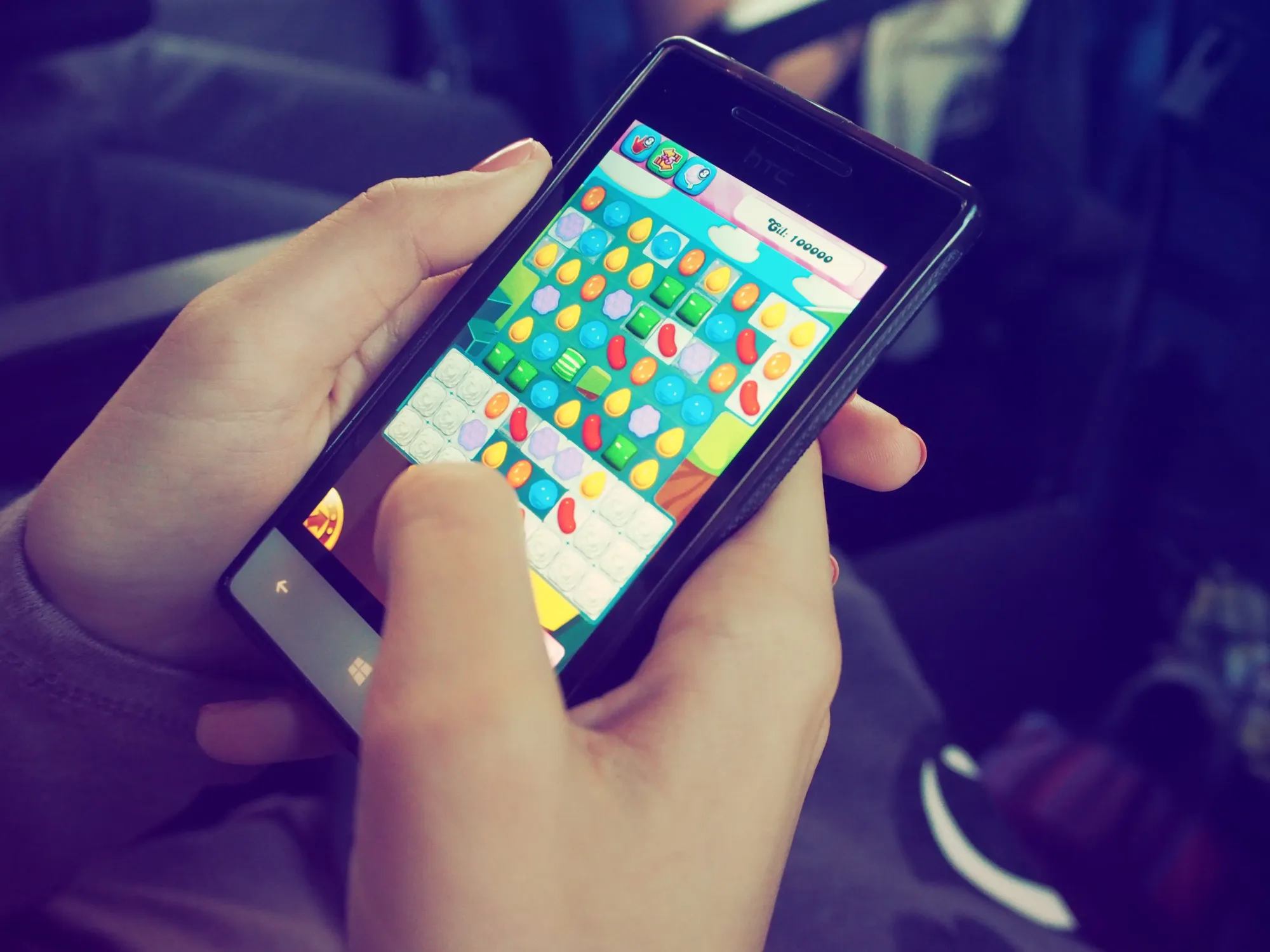
Photo by Erik Mclean / Unsplash
The Economics of Microtransactions
What is a Microtransaction?
A microtransaction refers to a small, optional, and one-off payment made within a game or application to buy virtual in-game or in-app items like upgrades, coins, or cosmetic enhancements. Microtransactions are used to improve the gaming experience of the players and offer them additional content beyond the base game.
For example, PUBG: Battlegrounds, is a multiplayer video game that offers in-game purchases of loot boxes for gamers for skins and other aesthetic enhancements against the payment of small amounts of money.
These microtransactions generate revenue and profit for gaming companies and developers who offer free-to-use games and apps.
History
The history of microtransactions in the video game industry is quite old and their rise is derived from the evolution of online gaming industry. In the late 1990s, a Korean gaming company used microtransactions in their video game that is considered an earliest example of such transactions.
In 1999, a South Korean gaming company called Nexon, introduced the purchase on cosmetic items, such as clothes and accessories, in their video game ‘The Kings of the Winds’ by using real money.
In 1999, the same company used microtransactions in another game ‘QuizQuiz’.
In 2000, another video game company ‘Sulake’ used the purchase of virtual furniture and decorative items using real money, in the popular virtual world game ‘Habbo Hotel’.
In early 2000s, game developers started offering games which were free-to-use at least for the base gaming experience. One example of such games is “League of Legends". These games provided a base experience for free (freemiums), but offered various optional items or enhancements for purchase, through microtransactions.
The use of microtransactions has gained massive popularity over time. This rise can be associated with a huge increase in the use of smartphones and app stores along with the rise in online gaming communities, multiplayer games and mobile games.
The famous games like FIFA, Candy Crush Saga, Call of Duty and Clash of Clans further popularised the use of microtransactions.

The Economics of Microtransactions
Revenue Generation
Microtransactions have emerged as an attractive revenue stream for game developers. By using microtransactions, game developers can generate revenue beyond the initial game purchase by offering the in-game virtual goods. By using microtransactions, developers can generate revenue and profit. On the other hand, players can shop through optional microtransactions at their own will in order to enhance their gaming experience.
Psychological Triggers
Microtransactions make the use of psychological triggers to encourage spending. Through pressure selling techniques such as limited-time offers, in-game rewards, and the promise of exclusivity, developers create a sense of urgency and the fear of missing out (FOMO). This can result in impulsive buying, leading players to spend more than what they have originally intended.
Examples of Microtransactions
There are several examples of microtransactions. Some common examples are given below.
Cosmetic Items
The first example of microtransaction is the sale of cosmetics. These items have no effect on the gameplay, yet, they allow players to change the appearance of game characters and vehicles. These items may include skins, outfits, weapon skins, or decorative items that improve aesthetics of the gameplay.
In-Game Virtual Currency
The second example of microtransaction is virtual currency, which can be bought by using real currency. This in-game virtual can then be used to get items, powers or unlock content.
Expansion Packs
The third example of microtransactions is the expansion packs or downloadable content (DLC). These expansion packs expand the base game experience and are often sold as microtransactions. These packs may provide new storylines, areas to explore, missions, or game modes.
Boosts or Power-Ups
The fourth example of microtransactions is boosts or power-ups. These boosts can be temporary or permanent and offer some advantages to players during gameplay. These boosts may include, weapons, pets, horse armor, speedy points gain, more powers, enhanced abilities or faster progression.
Loot Boxes
Another common example of microtransactions is the loot boxes. These loot boxes may contain random virtual items including in-game currency, diamonds or power-ups.

Benefits of Microtransactions
Accessible Gaming
The first benefit of the microtransactions is for the players. Microtransactions have made gaming more accessible to a large number of players. Many games allow players to download and play the base game without any cost. This means that those people can also play the game who cannot afford traditional console or PC gaming.
Continuous Game Development
The second benefit of microtransactions is for the game developers. The revenue generated from microtransactions enables developers to develop, update and improve games in a sustainable way. This monetization incentive has led to a vibrant and evolving gaming ecosystem.
Drawbacks of Microtransactions
Pay-to-Win Controversy
Microtransactions are criticised because of the pay-to-win controversy. In some games, players can gain an edge by in-game purchases of powerful items or upgrades. This creates an imbalance between paying and non-paying users which can lead to frustration and a sense of unfairness, undermining the overall gameplay experience.
Addiction
Microtransactions are small and easy in-game purchases which can create addictive behaviours among players. These transactions, once done repeatedly and frequently, can become impulsive spending habits, putting significant financial burdens on vulnerable individuals.
Ethical Concerns
Ethics are the principles in a society about good and bad. The rise of microtransactions has ethical dimension as well. The focus of developers on generating more revenue through microtransactions may mean a frustrating, expensive and unfair gaming experience for players. The game developers must create a balance between revenue and a happy gaming experience.
Loot Box Controversy
Loot box is a virtual container which can be purchases by using real money in a video game and which contains random rewards in it. Loot boxes are criticised for their gambling type of nature due to their chance-based nature. Critics of the loot box controversy argue that the uncertain and randomised nature of loot boxes can create an experience similar to gambling, especially when the real money is involved. Loot boxes can also make players to spend more money in search of powerful rewards to gain competitive advantage over other players. This can lead to an increased financial burden on players.
The Future of Microtransactions
The future of microtransactions is uncertain. The use of microtransactions is a proven and attractive business model for the gaming companies, yet, it has raised concerns over its negative effects on players. Some governments have also showed concerns over the negative effects on microtransactions. For better gaming experience, developers must find some alternative sources of revenue or at least they should modify their approach to microtransactions.
Conclusion
Microtransactions are small and optional in-game purchases offered by publishers to generate revenue. These transactions can generate a sustainable stream of revenue for developers, yet, they are criticised for creating negative effects on players. The developers should focus on creating a balance between generating revenue through microtransactions and providing players with a better gameplay experience.


